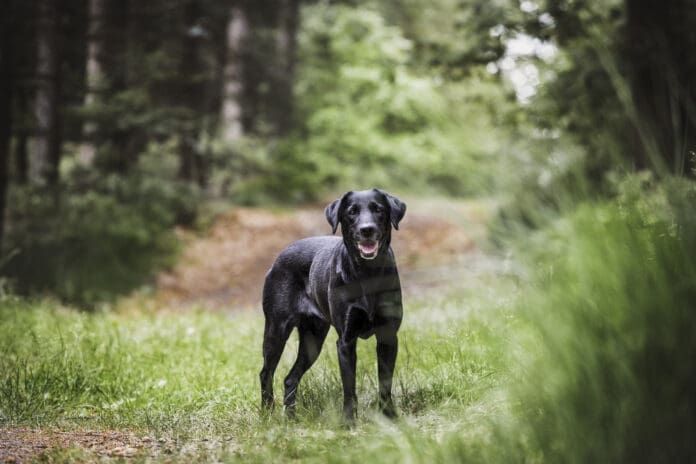Babesiosis is a tickborne disease that can affect dogs. Although the disease is seen worldwide, including in the United States, much of the what we know about babesiosis is from Europe.
Babesiosis is primarily transmitted through a tick bite but can infect puppies in utero and be spread by dog bites through saliva. The tiny parasite that causes babesiosis attacks and destroys red blood cell, causing anemia. While most dogs develop a slowly progressing illness with minimal symptoms, some dogs show an acute, aggressive illness.
An important consideration with babesiosis is that infected dogs never totally rid themselves of this infection, even with treatment. An infected dog is considered a lifetime carrier, with illness possible under stressful conditions. The dog may also serve as a potential source of infection for other dogs. Dogs used for blood transfusion donations should be screened for babesiosis. The same is true for any dog adopted out of a dog-fighting scenario.
Symptoms of Babesiosis
Symptoms of babesiosis include hematuria, which is blood in the urine; dark urine; pale membranes from the anemia; and weakness, swollen lymph nodes, and an enlarged and fragile spleen. Many dogs have a fever and are lethargic.
Many severely compromised dogs have immune disorders or have had their spleens removed.
Diagnosis of Babesiosis in Dogs
Diagnosis is done by identification of the parasites on blood smears or via PCR laboratory testing.
Treatment of Babesiosis in Dogs
Imidocarb, azithromycin and atovaquone, and clindamycin are all potential medications for treatment. Very anemic dogs may need transfusions and are acutely ill.
Avoiding Babesiosis
As with so many tickborne diseases, avoiding this disease starts with tick control. With so many options, from orals medications and topicals for the skin to collars, you should be able to find the right one for your dog.
Management such as making your yard and outdoor areas unattractive to ticks also helps. Repellent sprays can help to keep ticks off your dog. Be sure you know what a tick looks like and how to remove it and do daily checks, such as wiping your dog over with a lint roller after a hike in fields or woods to pick up ticks before they attach.
A vaccine in Europe only seems to work on certain species. No vaccine is available in North America as of this writing.





